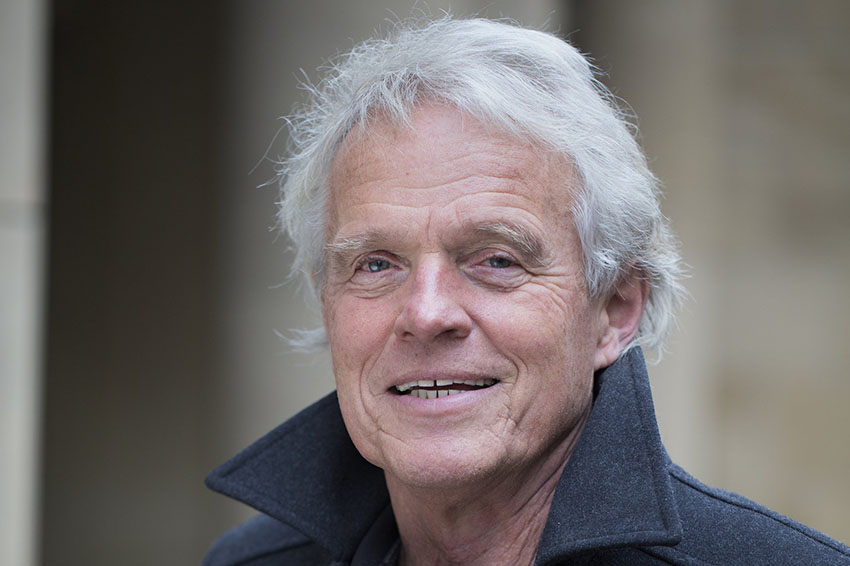
An Interview with Wolfgang Kaschuba
Founded in 2013, the BIM is a comparatively young institute. As such, it has had to literally “set itself up” both in terms of content and concept in the fields of research into flight, migration, and integration. This is a big challenge, as we still have to work out perspectives and guidelines. At the same time, it is a tremendous opportunity for us specifically, but also for the research landscape in general, because we are able to develop new perspectives and new methodological concepts without the usual baggage and without being hindered by routines or traditions that may cause theoretical “blind spots.” This situation and the position of a new beginning is, therefore, of great importance. Furthermore, it allows for an overall critical perspective regarding the fields of social and cultural studies in Germany, raising question as to whether extant theoretical concepts and methodological approaches meet the challenges of both the changing realities of an immigration society in Germany and the globalization of economic, social and cultural living conditions. New and self-critical reflection is necessary.
"The Berlin Institute for Integration and Migration Research (BIM) is a transdisciplinary research institute at the Humboldt-Universität zu Berlin. The institute’s aim is to research the dynamics of migration, integration, in- and exclusion processes within “postmigrant societies,” whereby the analytical perspective goes beyond the “migrant” perspective and encompasses the whole society. The linking empirical research with theories of migration and integration enables a critical reflection of already established discourses on the themes of immigration, belonging, discrimination and racism. The scope of the subject area of integration and migration is reflected by the six departments from various Berlin institutes that contribute their research knowledge to the BIM. These scientific disciplines range from social, cultural, and educational sciences to sports sciences, psychology, and medicine. The BIM thus unites and links widely differing scientific perspectives and methods. The founder and initiator of the BIM is the ethnologist Wolfgang Kaschuba, whose work has been addressing the key issues of post-modern urban European life for decades. As the director of BIM, he is dealing with current social debates on migration and integration, but on national identity and heritage as well."
—Eszter Gantner for EuropeNow
You can read the full article on https://www.europenowjournal.org/2018/04/30/migration-integration-and-heritage-in-the-european-city-an-interview-with-wolfgang-kaschuba/